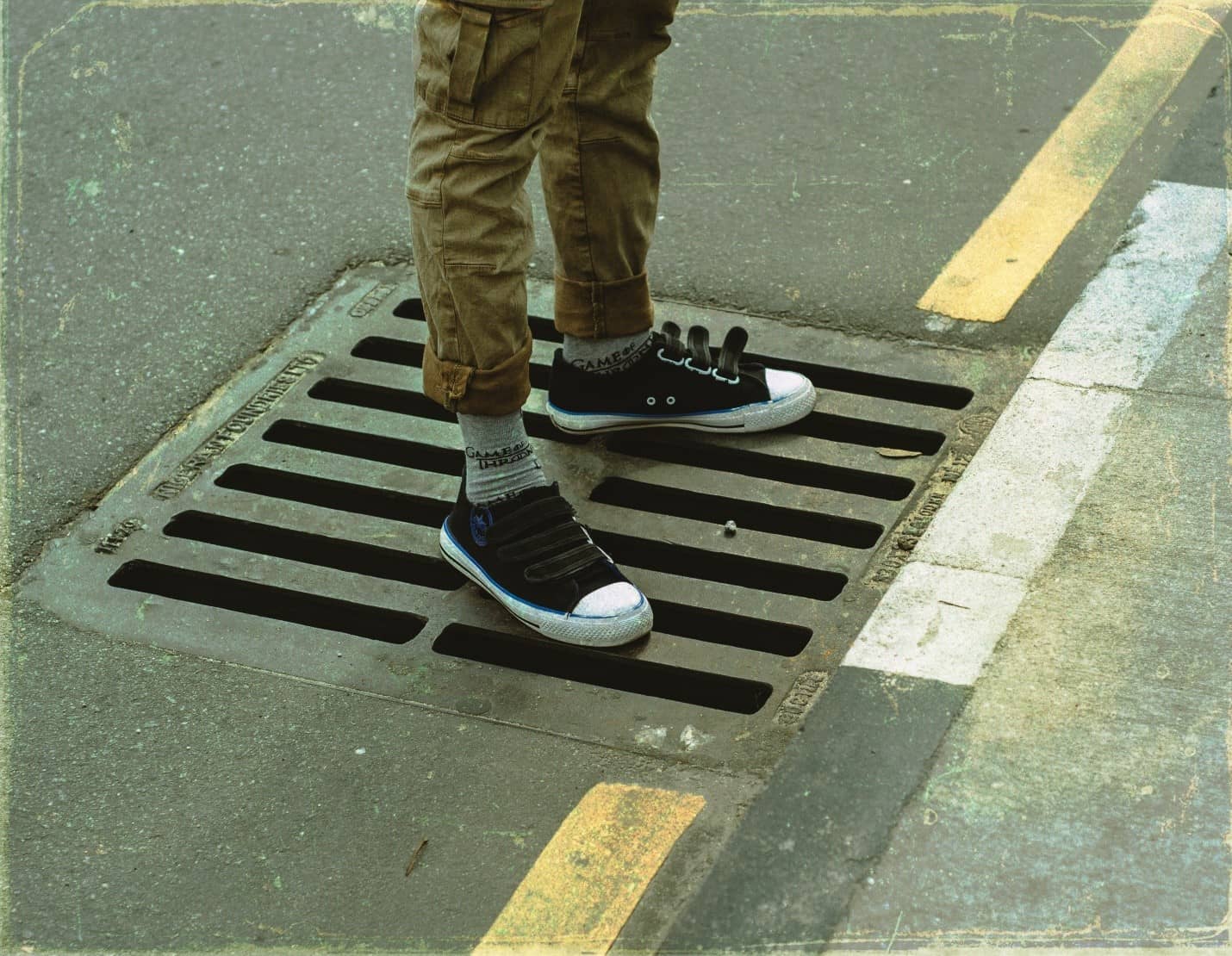Table of Contents
Have you recently been noticing water puddles in your basement or some area of your house? Are you unsure about why this might be happening? If you are facing the issue mentioned above, then the reason behind this might be the need for installing drain tiles.
Like the French drainage system, drain tiles are also known as weeping tiles, foundation drains, and rubble drains. They are thought to be the best solution for draining away any excess water and ensuring that your house remains dry.
Moreover, they are effective in keeping the water away and prevent dampness in your basement. The main task of drain tiles is to collect all the water and transport it to a safe area that is away from your home.
If you’re installing drain tiles yourself, the detailed steps that will help you out are listed below.
What tools are required for installing drain tiles?
If you are installing drain tiles for the first time, it is probably a good idea to be aware of all the tools required before you start doing the actual job. When installing drain tiles, ensure that you are well-equipped with all the necessary information and know the answers to your what, when, and how’s.
To install a drain tile, the first thing you need is good quality and durable shovel along with a trench, so you are able to dig deep enough for the installation. Other than this, you will also need gravel to cover and surround the underground drain. Invest in good quality drain tiles, so they last you for a long time, and keep a utility knife and screwdriver with you at all times, in case the need arises to use them.
Step 1: Devise a plan for drain tiles installation
Before installing drain tiles, figure out where the water is coming from and where it is being collected. Look up on Google for drain tile installation near me and find out some information on how to start working. Ask knowledgeable people for help and request tips and ideas, as these will help ease and speed up your task. Then, write down a list or make a plan from where you will start. This includes buying drain tiles, collecting all the tools, and figuring out where the water will be redirected after the installation. Preferably you will have to direct the water away from your home, so it doesn’t cause any harm.
Step 2: Mark the digging location for installation
Once you are aware of the basics of the plan, then the next step should be about preparing to put your plan to action. If you mark a place for digging, it will make the process easier, and you will be able to start working soon. You can mark the digging spot with a stick, spray paint, or a stone. After marking the location, take out some time to prepare yourself for the work. It is better to mark a digging spot that is safe and doesn’t harm your neighbors or the people you live with.
Step 3: Seek permission if required
If you live in a neighborhood where you might need to seek permission before digging, don’t forget to do so. You can approach the neighborhood council for advice and share the issue about the drain tiles with them. Inform them of the day and date you plan to dig on, so they are well-informed. Also, look up any digging guidelines or restrictions, so you don’t end up damaging any pipes or lines placed underground. It won’t be a pleasant experience if you damage the pipes of your neighbors while digging because you might end up paying considerable costs in damages.
Step 4: Determine the area you will need to cover
Have you sought permission from the council and are also prepared with the location and guidelines? If yes, then you are doing well so far. However, there is one final step you need to take care of before you finally start digging for the installation of drain tiles. Figure out and adequately measure how much space the drain tiles will take up so you can dig the area according to the shape of the drain tiles. One of the easiest ways to determine the area is by using a measuring tape and placing it on the ground.
Step 5: Proceed with the digging
After determining the area, you need to cover, use your trench to start the digging process. When digging the site, keep in mind that you need a space that is deep enough for the placement of a drainage pipe. Depending on the soil situation, the area should be at least 10 to 20 inches deep and should have a width of 10 to 12 inches. As digging the area isn’t an easy job, make sure to use both shovel and trench alternatively. If you feel that the soil is hard or cannot be dug easily, consider renting a digging trencher to make your life easier.
Step 6: Lay the drain tile
For the next step, you should prepare to lay the drain tile into the place you have dug so that the drain works properly and absorbs the water like it was designed to do so. Make sure you properly secure the drain tile at all sides, and no side is left unattended as problems could arise later on. When placing the drain tile, make sure that the holes and perforations are faced downwards because the water is actually absorbed from below. After laying the drain tile, you can also conduct a small check by pouring water on it to see if it is working correctly or not.
Step 7: Fill the place with gravel
Do you remember the gravel, which was a part of the required tools? Well, this is where it comes in. before you lay in the drainpipe, cover the bottom of the trench with about 1 to 2 inches of gravel. When you pour in gravel, the gravel will ensure an easy drainage system and act as bedding for the pipe you laid. If you want to go gravel-free and don’t want to make use of it, simply lay the pipe in the trench and fill the area with dirt to cover everything up.
Step 8: Add finishing touches to the area
Once the trench has been covered with gravel and the installation has been completed, think of adding a gravel cover as it will keep away the loose dirt particles and debris. A gravel cover is a great solution to prevent a clogged up drainage pipe and water overflow throughout your house. If you ignore the need for a gravel cover and don’t pay enough attention to it, it cannot be easy to fix things in the future, and you might end up with many costs.
Step 9: Conduct a cleanout
Now that you have completed the installation and covered the trench with a gravel cover, you might need to pay some attention to your surroundings. Remove all the nearby shrubs and branches that might make their way inside the drain tiles that you have installed. If you don’t have enough time to check on the shrubs and branches every few days, you could ever hire someone to complete the job.
Step 10: Schedule regular maintenance
After you have successfully installed drain tiles, don’t forget how important it is to maintain them, so they last for a long time without creating any issues for you. When you regularly inspect the drain tiles, you might have to add in extra gravel when required or clean the drain and pipes to ensure that they do not get clogged up. Instead of opening up the drain tiles, you can easily clean the drain tiles by inserting a garden hose through one of the ports or even using an auger cable to clear out the drainage system.
Parting note
When solving your drainage problem and installing drainage tiles, you should hold off the water flow before the dampness starts spreading in your house. You should never direct the water towards the houses next to you as it could wreak havoc on their drainage system. Also, keep in mind that you will have a lot of dirt left, so you could utilize it to fill flowerbeds in your house or build a new patio in your home. As drainage tiles are not easy to install, you should consult a professional before taking any step. Or even before, think of hiring a professional to do the job for you as you will remain relaxed about things being handled by an expert.




